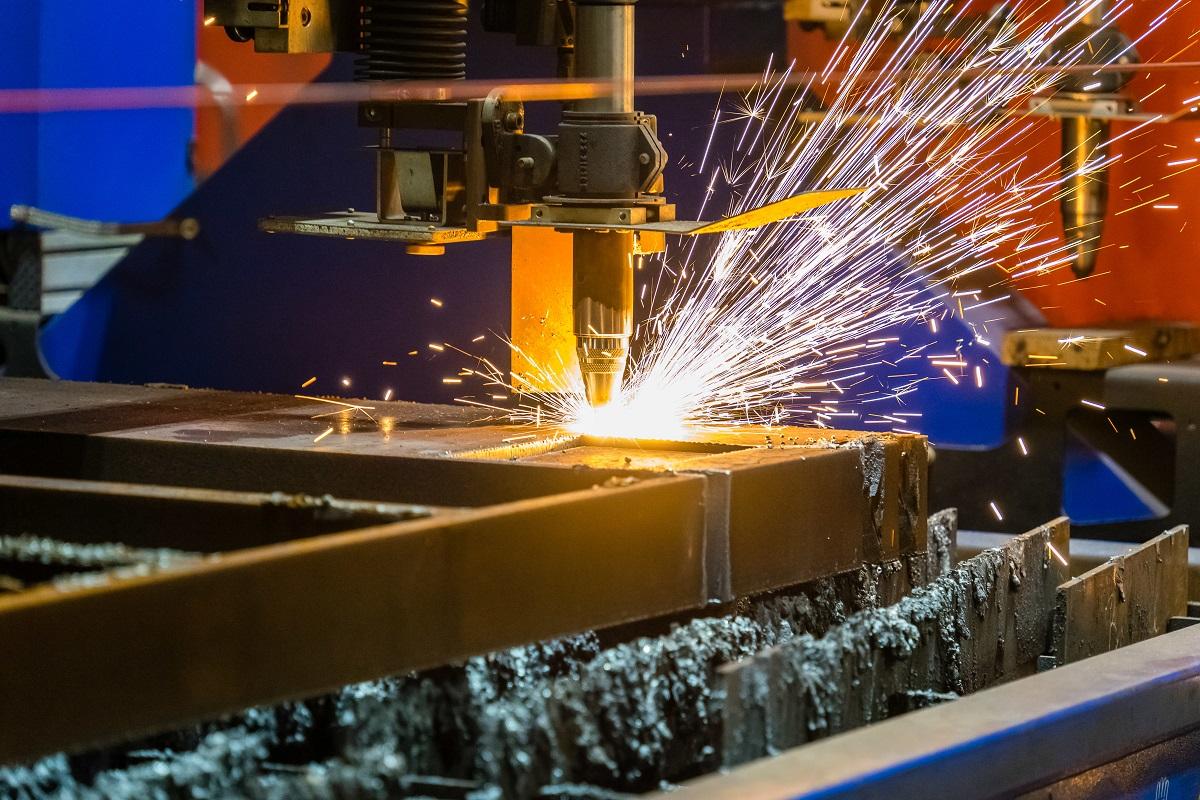In today’s competitive market, small businesses must continually innovate and optimize their operations to stay ahead. One technological advancement that has been a game changer across multiple industries is the laser cutter. This powerful tool offers precision and versatility but comes with a significant price tag. Therefore, it is crucial for small business owners to conduct a thorough cost analysis to determine whether the investment in a laser cutter is justifiable. This article delves into the costs and benefits associated with laser cutter to help you make an informed decision.
Initial Investment and Setup Costs
The initial purchase price of a laser cutter can vary widely depending on its capabilities and size. Entry-level models suitable for small businesses may range from $3,000 to over $20,000, while industrial-grade machines can cost up to $100,000 or more. Besides the acquisition cost, installation and setup costs must also be considered, including any necessary training for staff to operate the machine safely and efficiently.
Operational Efficiency and Production Speed
One of the primary benefits of integrating a laser cutter into your business is the significant improvement in operational efficiency. Laser cutters perform cutting, engraving, and other tasks much faster than manual methods. For instance, intricate designs that would take hours to cut by hand can be completed in minutes. This enhanced speed not only boosts production capacity but also allows for quicker turnaround times, which can be a critical advantage in customer satisfaction and retention.
Material Savings and Waste Reduction
Laser cutting is incredibly precise, which minimizes material waste. The accuracy of laser cutters means less raw material is discarded during the cutting process, providing long-term savings and supporting sustainability efforts. This precision also reduces the likelihood of errors, ensuring that materials are used optimally and contributing further to cost-effectiveness.
Maintenance and Operational Costs
While the upfront costs are considerable, the ongoing maintenance and operational expenses of laser cutters are relatively low compared to other machinery. Laser cutters require minimal maintenance, primarily focusing on lens cleaning and the occasional replacement of parts like mirrors and nozzles. Additionally, they consume less energy than some traditional cutting machines, which can lead to lower utility bills.
Flexibility and Product Diversification
Investing in a laser cutter opens up a myriad of product opportunities, from custom signage and branding materials to intricate designs on wood, metal, and acrylic. This flexibility allows small businesses to expand their product lines and enter new markets, which can significantly enhance revenue streams. Furthermore, the ability to quickly respond to custom orders and small production runs provides a competitive edge that is highly valued in today's market.
Training and Safety Considerations
Proper training is essential for operating a laser cutter safely and efficiently. While this represents an initial cost, the investment in training ensures that employees can maximize the machine’s capabilities and maintain a safe working environment. Safety measures are paramount, as improper use of laser equipment can pose risks such as burns and fire hazards.
Conclusion
The decision to invest in a laser cutter involves careful consideration of both the initial and ongoing costs against the potential benefits. For many small businesses, the enhanced efficiency, reduced waste, and product diversification justify the upfront expenditure. By improving operational capabilities and expanding market reach, a laser cutter can offer a substantial return on investment and serve as a catalyst for growth and innovation.


